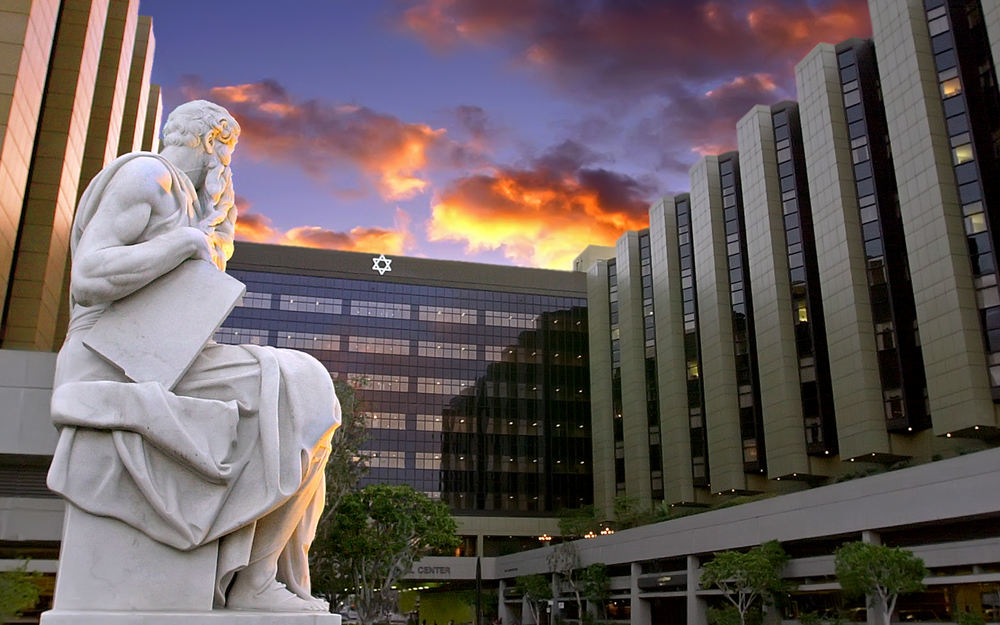AI's Ascendance in Medicine: A Timeline
Date
April 20, 2023

Date
April 20, 2023
Medical providers featured in this article
In Brief
{{cta-block}}
Scientists began laying the groundwork for artificial intelligence (AI) in the early 1950s and were exploring multiple AI medical applications by the 1970s. In the years since, the empowering technology has proliferated.
{{column-start}}
1950
In Computers and Intelligence, Alan Turing describes the "Turing test," designed to uncover whether computers are capable of human intelligence.
{{column-end}}
{{column-start}}
1966
"Shakey," the first robot capable of interpreting instructions, is unveiled by Stanford Research Institute.
{{column-end}}
{{column-start}}
1971
Scientists create INTERNIST-1, which uses a powerful ranking algorithm to reach diagnoses.
{{column-end}}
{{column-start}}
1975
The National Institutes of Health sponsor the first AI in Medicine workshop at Rutgers University.
{{column-end}}
{{column-start}}
1976
"Backward chaining" AI system MYCIN delivers suggested antibiotic treatments for potential bacterial pathogens. The Present Illness Program is introduced to help evaluate edema.
{{column-end}}
{{column-start}}
1978
Rutgers University develops the causal-associational network model, which couples statistical pattern recognition and AI for glaucoma consultations.
{{column-end}}
{{column-start}}
1986
University of Massachusetts releases DXplain, using inputted symptoms to generate diagnoses for 500 diseases—now expanded to more than 2,600 conditions.
{{column-end}}
{{column-start}}
1989
Cedars-Sinai cardiologists debut CorSage, a clinical tool that combines AI and statistical techniques to help physicians identify heart patients who are most likely to suffer another coronary event.
{{column-end}}
{{column-start}}
1991
The Pathology Expert Interpretative Reporting System generates pathology reports with nearly 95% diagnostic accuracy.
{{column-end}}
{{column-start}}
2003
The Human Genome Project provides a wealth of data on the genetic basis of disease.
{{column-end}}
{{column-start}}
2007
IBM creates the open-domain question-answering system Watson. In 2011, Watson wins first place on Jeopardy and, in 2017, neurologists use it to identify RNA-binding proteins altered in ALS.
{{column-end}}
{{column-start}}
2015
Pharmabot assists in medication education for pediatric patients and caregivers.
{{column-end}}
{{column-start}}
2017
Arterys earns Food and Drug Administration (FDA) approval for a product that analyzes heart MRIs in seconds.
{{column-end}}
{{column-start}}
2017
Deep-learning applications screen for diseases ranging from diabetic retinopathy to skin cancer with astonishing accuracy. The FDA approves the first AI-powered device for operating-room use.
{{column-end}}
{{column-start}}
2019
The FDA approves the first AI-powered device for cancer diagnosis as well as a deep-learning algorithm for interpretation of brain MRIs.
{{column-end}}
{{column-start}}
2019
Cedars-Sinai establishes the Division of Artificial Intelligence in Medicine, led by Sumeet Chugh, MD, the Pauline and Harold Price Chair in Cardiac Electrophysiology Research, who relies on AI and population-wide data to demystify susceptibility to cardiac arrest.
{{column-end}}
{{column-start}}
2020
Google DeepMind uses AI to predict a protein’s 3D structure from its amino-acid sequence, solving one of biology’s greatest challenges.
{{column-end}}
{{column-start}}
2021
Established under the leadership of Jason H. Moore, PhD, the Department of Computational Biomedicine bolsters Cedars-Sinai’s research-computing infrastructure.
{{column-end}}
{{column-start}}
2022
The FDA authorizes 91 AI-powered devices. One, the EchoGo Heart Failure tool, detects heart failure from a single echocardiogram.
{{column-end}}
Read more about the promise of integrating AI into medicine in our special report:





